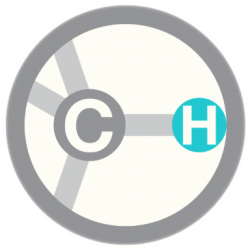Authors: Linda J. Porrino, Mack Miller, Ashlee A. Hedgecock, Craig Thornley, Julius J. Matasi, Huw M.L. Davies
Synapse
1997, 27, 1, 26-35
The effects of the acute administration of the selective serotonin uptake inhibitor, fluoxetine, on rates of local cerebral glucose utilization in rats were compared to those of the novel cocaine analog, [2β-propanoyl-3β-(4-isopropylphenyl)-tropane, WF-31, which has greater affinity for serotonin than dopamine transporters, using the quantitative autoradiographic 2-[14C]deoxyglucose method. Locomotor activity was assessed simultaneously. Fluoxetine administration resulted in dose-dependent decreases in locomotor behavior, as well as widespread reductions in rates of metabolic activity in brain areas including raphe nuclei, dorsal and ventral striatum, amygdala, hippocampus, limbic cortex, and thalamus. These effects were largely concentrated in brain regions containing high densities of serotonin transporters as revealed by in vitro autoradiography. In contrast, the acute administration of WF-31 produced more discrete changes in metabolic activity that were localized within the raphe nuclei and in portions of the hippocampal formation. Blockade of WF-31’s dopaminergic effects by pretreatment with the antagonist, α-flupenthixol, resulted in a pattern of metabolic changes that closely resembled that observed with fluoxetine. These data suggest that the alterations in functional activity produced by both fluoxetine and WF-31 are largely the result of actions on serotonergic systems.

